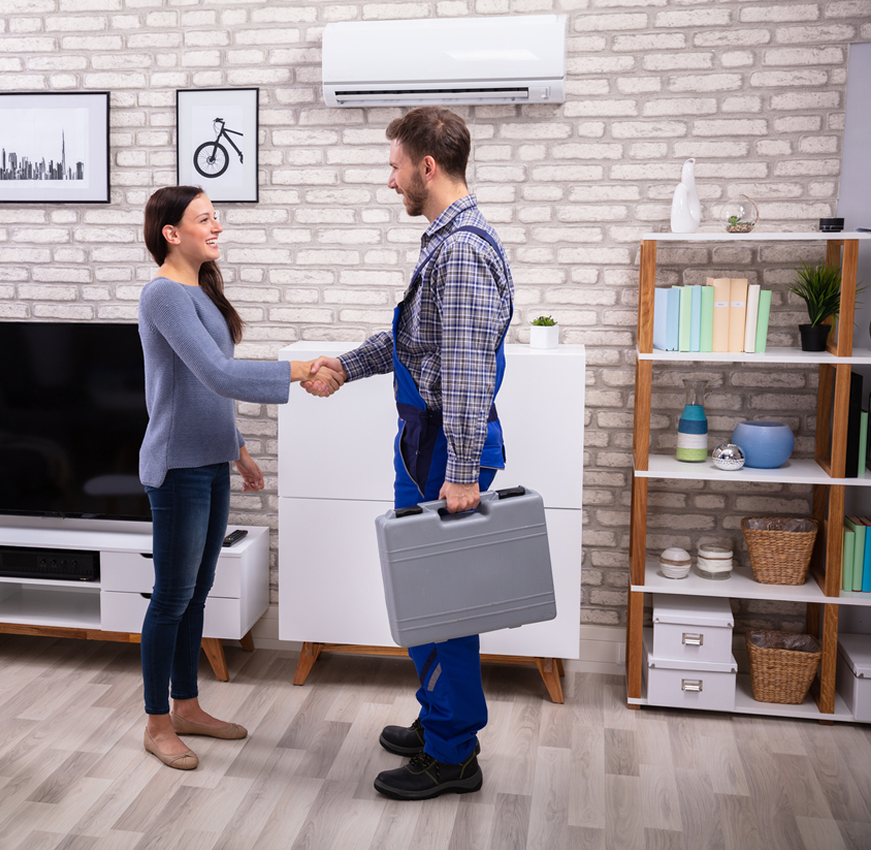COVID-19 Response: Russells is committed to protecting your health and safety. Learn More
REQUEST SERVICE
- Home
- Hvac
- Air Conditioning
- Ductless / Mini Split
- Ductless Air Conditioning Repair
- Ductless Air Conditioner Inspection
- Ductless Air Conditioning Installation
- Ductless Air Conditioning Maintenance
- Ductless Air Conditioning Replacement
- Ductless Air Conditioning Service
- Ductless Air Conditioning Tune Up
- Ductless Heater Inspection
- Ductless Heater Installation
- Ductless Heater Maintenance
- Ductless Heater Repair
- Ductless Heater Replacement
- Ductless Heater Service
- Ductless Heater Tune Up
- Ductless Mini Split Services
- Mini-Split Air Conditioning Repair
- Mini-Split Air Conditioner Inspection
- Mini-Split Air Conditioning Installation
- Mini-Split Air Conditioning Maintenance
- Mini-Split Air Conditioning Replacement
- Mini-Split Air Conditioning Service
- Mini-Split Air Conditioning Tune Up
- Mini-Split Heater Inspection
- Mini-Split Heater Installation
- Mini-Split Heater Maintenance
- Mini-Split Heater Repair
- Mini-Split Heater Replacement
- Mini-Split Heater Service
- Mini-Split Heater Tune Up
- Mini-Split Inspection
- Mini-Split Installation
- Mini-Split Maintenance
- Mini-Split Repair
- Mini-Split Replacement
- Mini-Split Service
- Mini-Split Tune Up
- Heating
- Indoor Air Quality
- Whole House Air Purification
- Whole Home Ventilation System
- Air Purification
- Air Purifier Installation
- Air Filters
- Air Filter Changouts
- Air Filter Installation
- Humidifiers & Dehumidifiers
- UV Lights
- UV Light Installation
- UV Light Replacement
- Air Quality Testing
- Advanced Photo-Catalytic Oxidation Systems
- Air Scrubbing
- Allergy Reducers
- Germicidal Products
- Air Filtration Systems
- UV Air Purifiers
- Indoor Air Quality Tips
- Indoor Air Quality FAQs
- Ductwork
- Heat Pumps
- Package Units
- Aeroseal
- About Us
- Other Services


